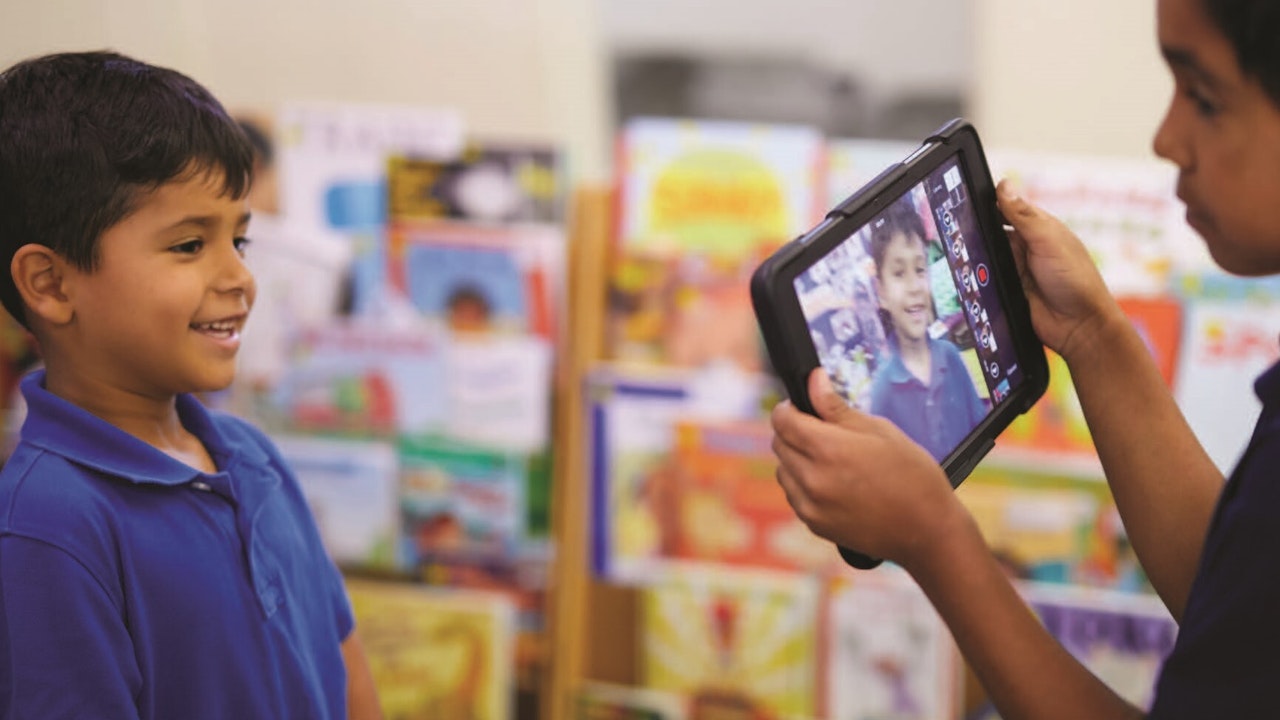Homepage
•
Learning Library
•
Blog
•
5 Tips for Creating a District Responsible Use Policy
Expand breadcrumbs
Expand breadcrumbs
- Learning Library
- Blog
- 5 Tips for Creating a District Responsible Use Policy
- Homepage
- •
- Learning Library
- •
- Blog
- •
- 5 Tips for Creating a District Responsible Use Policy
5 Tips for Creating a District Responsible Use Policy
By Julie Phillips Randles
January 4, 2023








